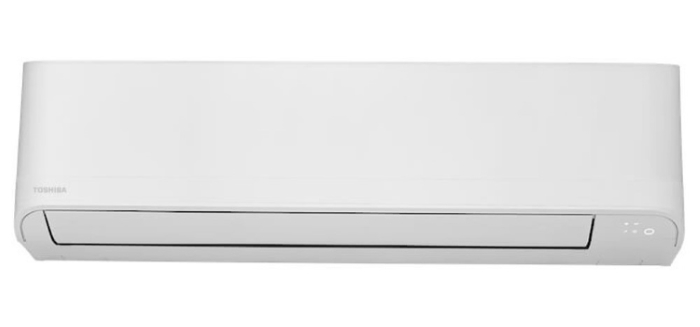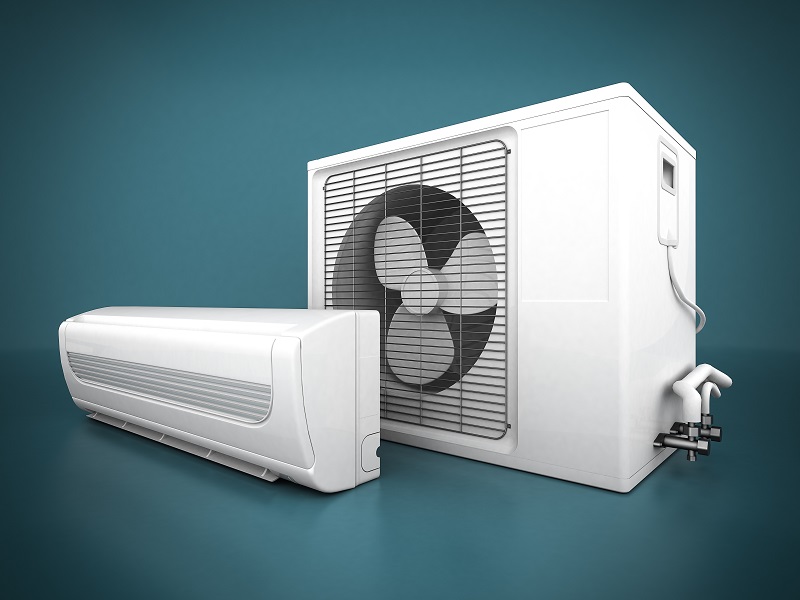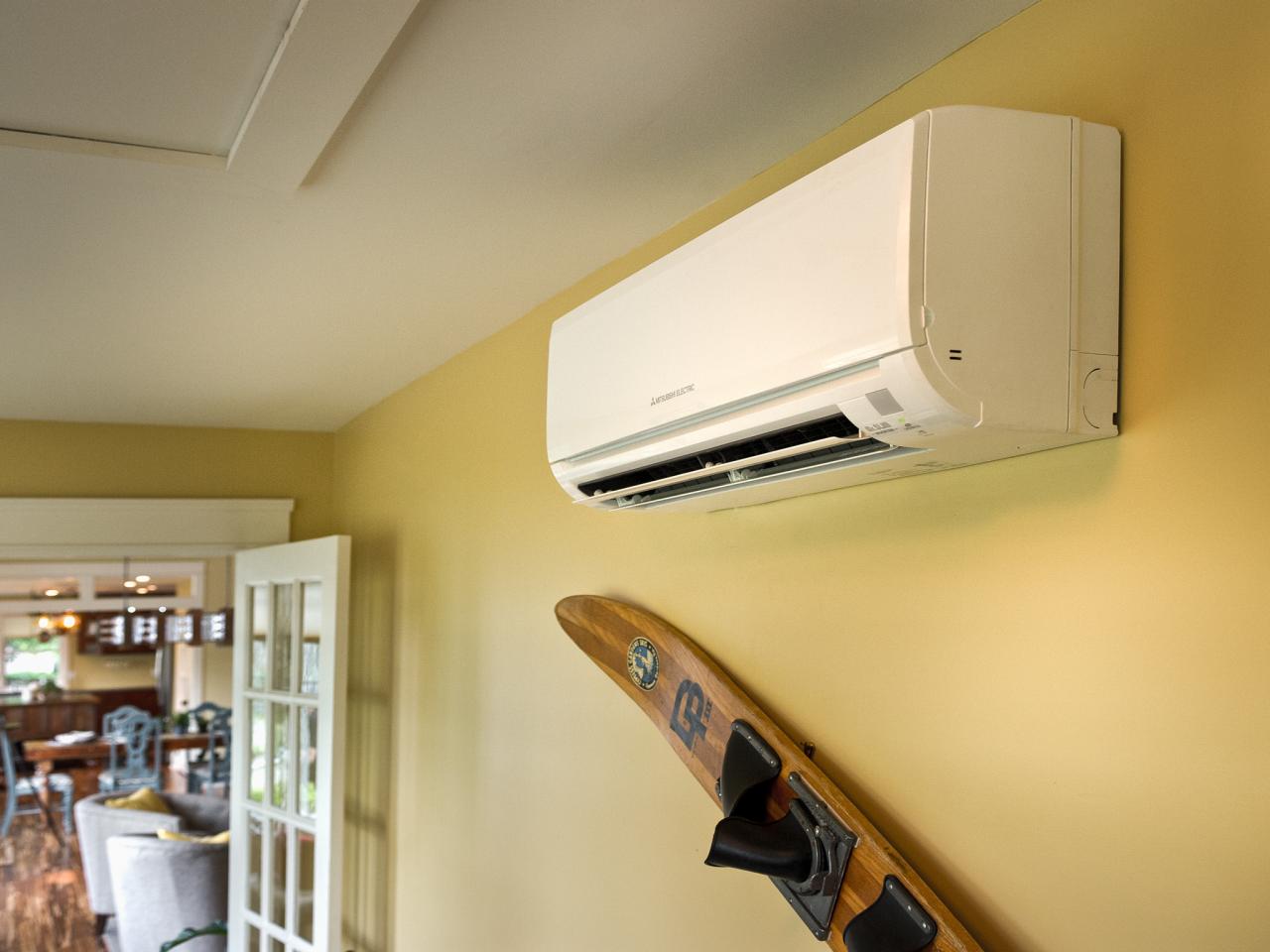Best Price Split System Air Conditioners

Decoding Split System Air Conditioners: Finding the Best Price Without Sacrificing Comfort
Split system air conditioners are a mainstay in residential and commercial climate control, offering efficient and effective cooling. But navigating the market to find the best price can be daunting. This guide breaks down the key considerations, helping homeowners, HVAC technicians, and facility managers make informed decisions.
Understanding the Basics of Split Systems
A split system AC comprises two main components: an outdoor unit (condenser) and an indoor unit (air handler). The condenser houses the compressor, which circulates refrigerant, and a fan to dissipate heat. The air handler contains the evaporator coil, where refrigerant absorbs heat from the indoor air, and a blower fan that distributes cool air throughout the building via ductwork. This separation of noisy components contributes to quieter operation compared to window units.
The efficiency of a split system is measured by its Seasonal Energy Efficiency Ratio (SEER). A higher SEER rating indicates greater energy efficiency and lower operating costs. Modern split systems typically range from SEER 13 (the minimum allowed in many regions) to SEER 28 or higher. Choosing a higher SEER unit translates to greater savings over its lifespan, even if the initial cost is higher. For example, upgrading from a SEER 13 to a SEER 18 unit could reduce your cooling energy consumption by 30% or more.
Key Factors Influencing Price
Several factors determine the price of a split system air conditioner:
- SEER Rating: Higher SEER ratings command a premium due to their advanced technology and improved energy efficiency.
- Cooling Capacity (BTU): The British Thermal Unit (BTU) rating indicates the cooling power of the unit. Larger spaces require higher BTU ratings, leading to increased costs. Properly sizing the unit is crucial. An undersized unit won't effectively cool the space, while an oversized unit can lead to short cycling, reducing efficiency and potentially damaging the compressor. A general rule of thumb is 20 BTU per square foot, but this can vary based on insulation, window size, and climate.
- Features: Advanced features such as variable-speed compressors, smart thermostats compatibility, and zoning capabilities add to the overall cost. Variable-speed compressors are particularly noteworthy as they can adjust their cooling output based on the actual demand, leading to significant energy savings and more consistent temperatures.
- Brand Reputation: Established brands often have higher prices due to their reputation for reliability and performance. However, lesser-known brands can offer competitive pricing with comparable features.
- Installation Costs: Installation costs vary depending on the complexity of the job, the existing ductwork, and local labor rates. Obtaining multiple quotes from qualified HVAC contractors is essential.
- Refrigerant Type: Newer units utilize more environmentally friendly refrigerants like R-32 or R-454B, which may have a slight impact on upfront cost compared to older systems still using R-410A.
Strategies for Finding the Best Price
Finding the "best price" isn't just about the initial cost; it's about balancing upfront expenses with long-term savings and performance.
- Get Multiple Quotes: Obtain quotes from at least three different HVAC contractors. Ensure each quote includes the same equipment specifications (SEER rating, BTU, brand) for accurate comparison.
- Consider Rebates and Incentives: Many utility companies and government agencies offer rebates and tax credits for installing energy-efficient HVAC systems. Research available incentives in your area to reduce the overall cost. The Database of State Incentives for Renewables & Efficiency (DSIRE) is a valuable resource for finding rebates.
- Factor in Operating Costs: Use online energy calculators to estimate the annual operating costs of different systems based on your local electricity rates and usage patterns. This will help you determine the true cost of ownership over the system's lifespan.
- Negotiate: Don't be afraid to negotiate with contractors. They may be willing to offer discounts or incentives to secure your business.
- Consider Off-Season Purchases: HVAC contractors are often less busy during the off-season (fall and winter), so you may be able to negotiate a better price during these times.
- Read Reviews: Research online reviews of different HVAC brands and models to assess their reliability and performance.
- Don't Skimp on Installation: A poorly installed system will operate inefficiently and may require costly repairs down the line. Choose a qualified and experienced HVAC contractor for installation.
Budget-Friendly Options
If budget is a primary concern, consider these options:
- Lower SEER Units: While not as energy-efficient as higher SEER models, lower SEER units have a lower upfront cost. However, be prepared for higher energy bills. A SEER 14 or 15 unit might be a reasonable compromise.
- Standard Features: Opt for a unit with standard features rather than advanced options. You can always upgrade to a smart thermostat later.
- Less Popular Brands: Some lesser-known brands offer competitive pricing and comparable performance to established brands. Do your research and read reviews to ensure reliability.
High-Efficiency Options and Their Payback
Investing in a high-efficiency system (SEER 18 or higher) can significantly reduce your energy bills. The payback period (the time it takes for the energy savings to offset the higher initial cost) depends on factors such as your local electricity rates, usage patterns, and the difference in efficiency between the old and new systems.
Example: A homeowner replaces a 10-year-old SEER 10 unit with a SEER 18 unit. The new unit costs $2,000 more. If the homeowner saves $300 per year on energy bills, the payback period would be approximately 6.6 years ($2,000 / $300). After that, the homeowner would continue to save money on energy bills for the remainder of the system's lifespan.
Lifespan and Maintenance
A well-maintained split system air conditioner can last 15-20 years. Regular maintenance, such as cleaning or replacing air filters, cleaning the condenser coils, and scheduling annual inspections by a qualified HVAC technician, is crucial for extending the lifespan and maintaining optimal performance. Neglecting maintenance can lead to reduced efficiency, increased energy bills, and premature failure.
Pro Tip: Consider purchasing a service agreement from your HVAC contractor. These agreements typically include annual maintenance inspections and discounts on repairs.
The Role of HVAC Technicians and Facility Managers
HVAC technicians play a vital role in helping homeowners and facility managers select the right split system air conditioner for their needs. They can assess the building's cooling load, recommend appropriate system sizes and SEER ratings, and provide accurate installation and maintenance services.
Facility managers are responsible for maintaining the HVAC systems in commercial buildings. They need to consider factors such as energy efficiency, reliability, and total cost of ownership when making purchasing decisions. They should also implement a proactive maintenance program to ensure optimal performance and longevity.
Zoning Systems for Enhanced Comfort and Efficiency
Zoning systems allow you to control the temperature in different areas of your home independently. This can lead to significant energy savings, especially in homes with multiple stories or rooms with varying heating and cooling needs. Zoning systems typically involve installing dampers in the ductwork that can be opened or closed to regulate airflow. They can be controlled manually or automatically using a zoning control panel.
Conclusion
Finding the best price split system air conditioner requires careful consideration of various factors, including SEER rating, BTU capacity, features, brand reputation, installation costs, and operating costs. By following the strategies outlined in this guide, homeowners, HVAC technicians, and facility managers can make informed decisions and ensure comfortable and efficient cooling for years to come.
"The bitterness of poor quality remains long after the sweetness of low price is forgotten." - Benjamin Franklin. While aiming for the best price, prioritize quality and reliability to avoid costly repairs and premature replacements.










